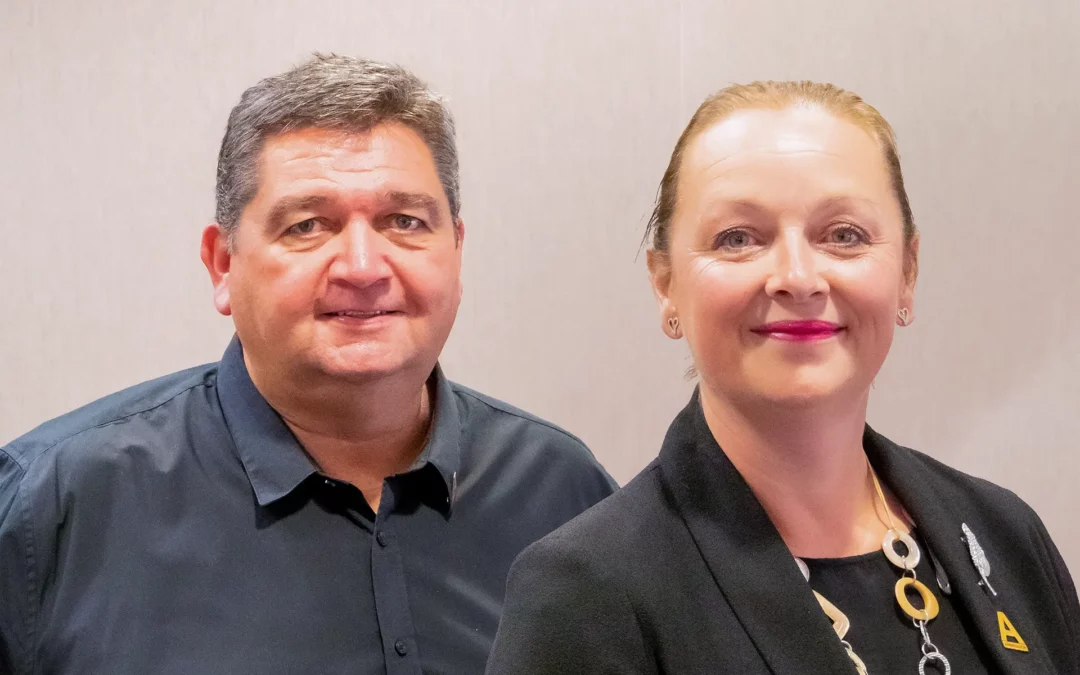I joined County Durham and Darlington Fire and Rescue Service (CDDFRS) four years ago on the Service’s first ever cohort of Firefighter Apprentices and quickly learned the role of a Firefighter is incredibly diverse.
The well-known part of the job is emergency response: attending fires, road traffic collisions (RTC’s), rescues from height, hazardous materials incidents, any situation with a threat to life, property, or the environment.
Part of my role is to spend time working with the community to prevent incidents happening in the first place. This might include fitting smoke alarms and providing home fire safety advice, auditing businesses and advising on how to comply with legislation and visiting schools and community associations to give talks on topics such as road safety. With all these activities, the average day on a fire station varies wildly!
Life on a Fire Station is team oriented. Most wholetime stations separate into four watches (Red, White, Blue and Green), with each consisting between five and 10 people on one station at any one time for shifts lasting eleven hours on day shift, and 13 on nights.
A Day in the Life of a Firefighter
Due to the nature of the job, this routine must be flexible, as operational calls can and will come in at any time.
A working day begins just before 07:00am, when the night shift crew perform a handover of the station to the day shift. Anything significant to do with the day to day running of the station is passed on before night shift is relieved. Due to COVID, this is done by the Officers in Charge only, while the rest of the crews remain separate to prevent potential spread of the virus should there be a positive case. All members of CDDFRS have the opportunity to have lateral flow tests at the start of their first day shift and end of last night, to mitigate risk.
At 07:00am there’s roll call: members of the watch stand “on parade” and are detailed jobs, and where they’ll sit on the fire engine (known as “appliances”) by the Officer in Charge.
Between 7:00am and 8:00am, the watch perform a full inventory of all equipment on the fire appliance. A standard appliance has hundreds of pieces of kit, and many stations also have a “specialism” e.g. Water Rescue Boats, also need to be checked at the start of every shift to make sure they are present and work as intended. Contact points are cleaned throughout the station in line with CDDFRS’s COVID policy.
From 8:00am and 9:00am, an informal watch meeting is held to cover communications sent from Headquarters and elsewhere. At CDDFRS, we have a regular “Fire Flash” with the Senior Leadership Team providing videos and information on various topics.
9:00am until 10:00am is usually time to use the station gym. Maintaining physical fitness is hugely important, therefore CDDFRS have allocated time in the working day for it. Every station has a selection of cardio machines and weights and “functional fitness” equipment such as battle ropes and 50kg dummies to simulate dragging a casualty. Due to COVID gym time is staggered to maintain social distancing and room occupancy numbers.
After break from 10:00am to 10:15am, the watch will perform “standard tests” on pieces of operational equipment. Every piece of equipment on a fire appliance is tracked with its own unique QR code, and they have their own individual testing schedules to make sure they work properly. Schedules are saved on an asset tracking system, which is checked, and pieces of equipment allocated to different Firefighters at the start of the shift.
Once standard tests are complete, the watch will do operational training. Scenarios include navigating fake smoke and darkness in search of casualties in the drill house, pitching the large 10.5m ladder (from the top of the fire appliance) into a window of the drill tower and working from it, cutting up scrap cars with our “Holmatro” hydraulic rescue equipment in a simulated RTC, and much more. Operational training is often undertaken away from the fire station at venues such as High and Low Force waterfalls and Durham Cathedral.
Lunch is usually between 12:30pm and 1:30pm after which, providing COVID policy permits, the watch will head out and engage with the community on “Safe and Wellbeing Visits” to people’s homes. Through my apprenticeship I have a Level 3 Business Fire Safety Advisor qualification and am the watch lead for Business Fire Safety Audits. This is usually the time I conduct audits and provide advice to businesses on how to improve their fire safety.
This normally runs until about 5pm, when the watch will begin to prepare the station for change of shift. Anything that may be useful to the oncoming watch is collated to be handed over, and general tidy up of the station begins. All appliances are fuelled and cleaned inside and out, with focus on contact points as per COVID policy. Contact points are also cleaned again throughout the station. Just before 6:00pm, day shift gathers by the appliances to allow night shift to arrive and begin their routines without mixing personnel and increasing risk of COVID transmission.



